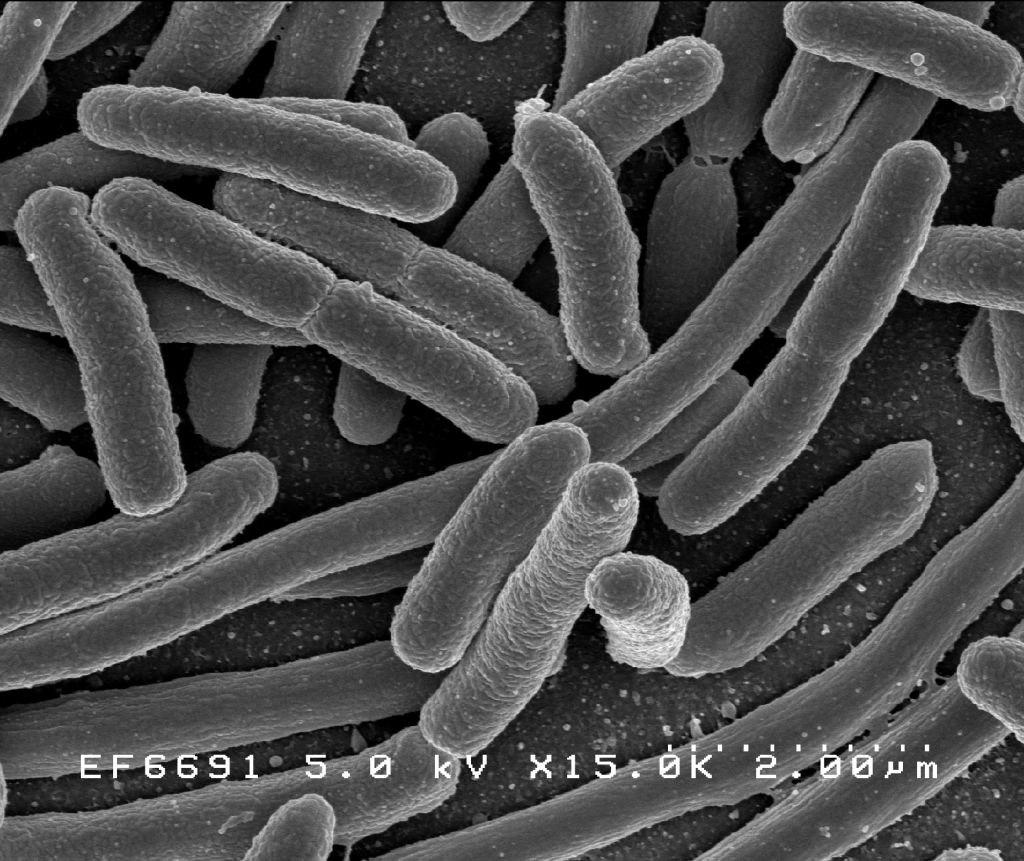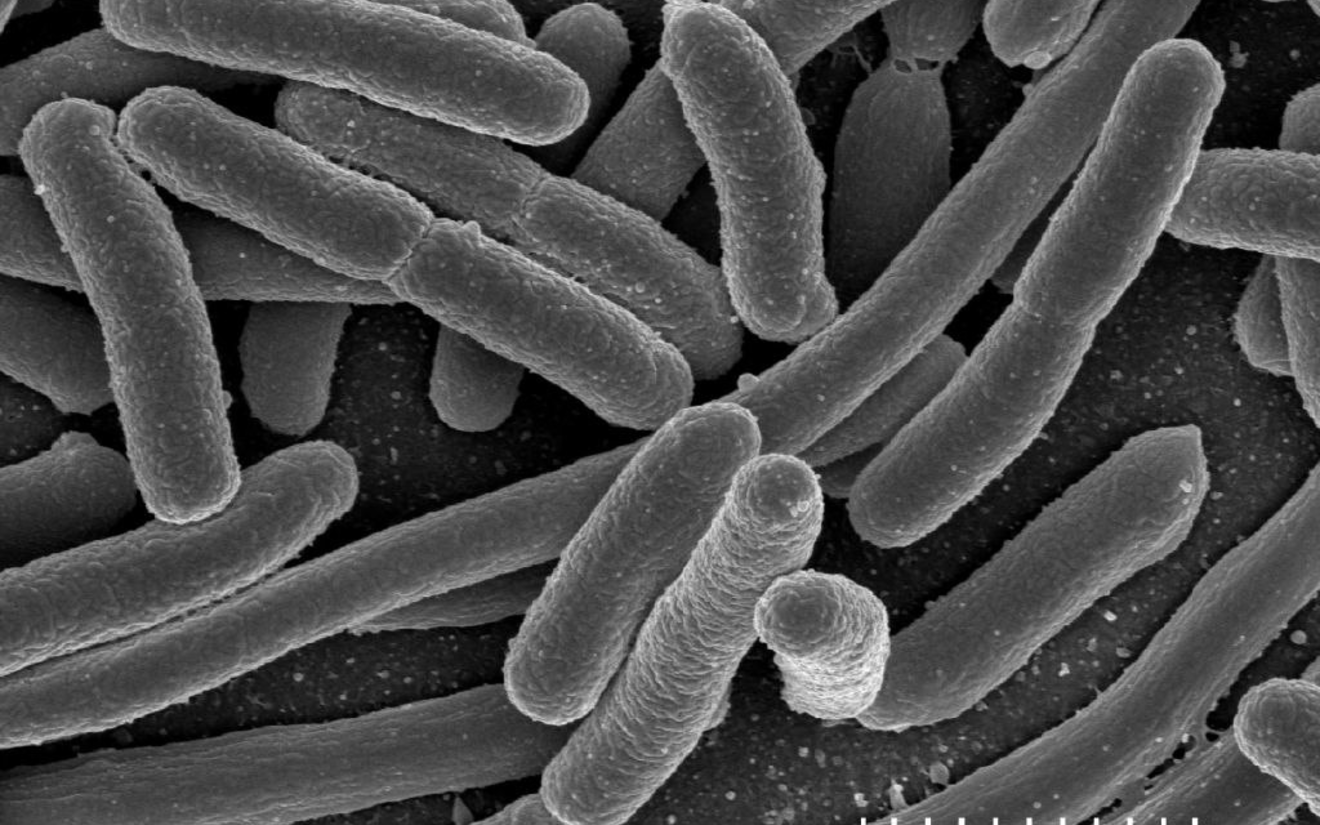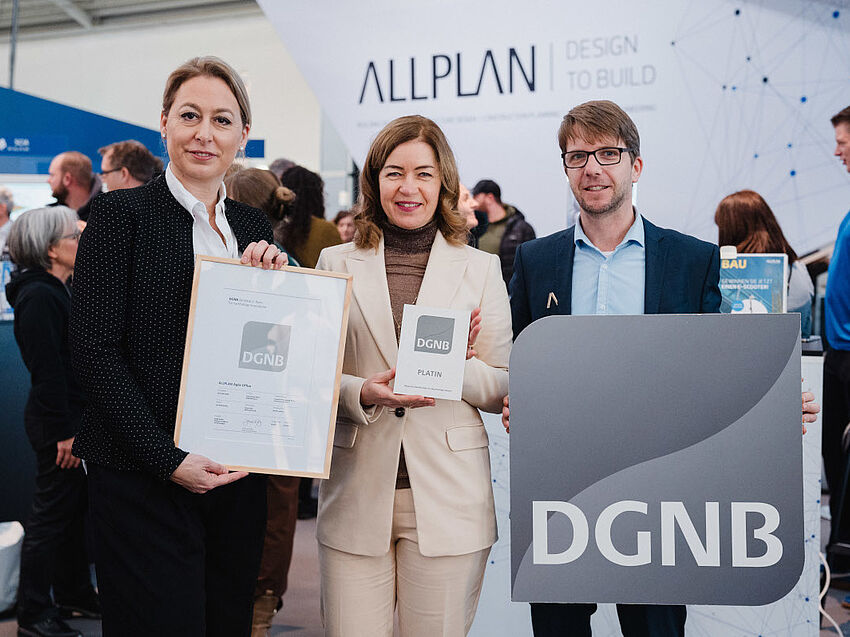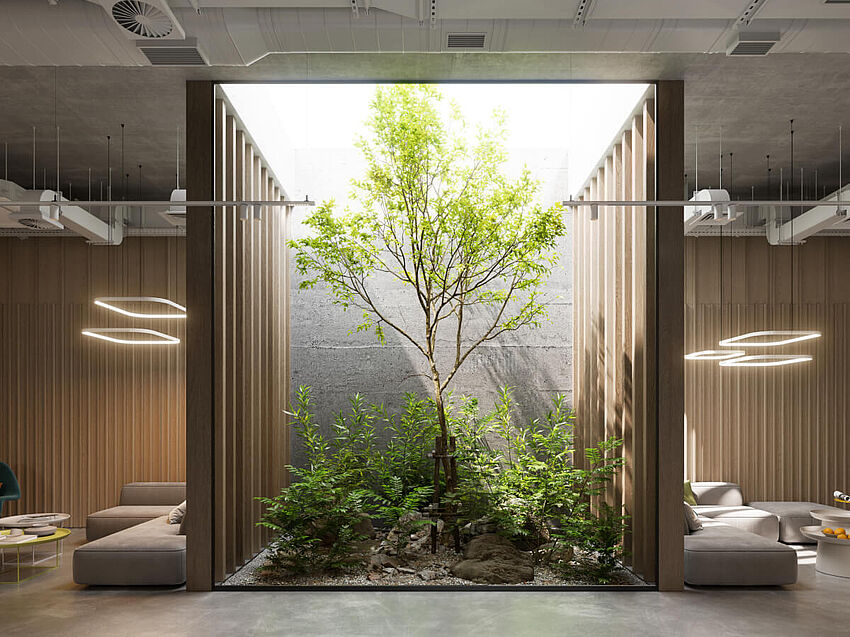Building a Greener Future: How ALLPLAN is Leading the Way in Sustainable Practices
Solar cells are a key technology in the energy revolution and in the fight against climate change. But they are not yet beyond all doubt. It is still necessary to optimize performance and production costs and find solutions for those "dark hours" when the sun is not shining. One technology that generates electricity even in diffuse light is the so-called dye cell. At the University of British Columbia in Canada, research is currently being carried out into a favorable further development of these cells, which should manage with even less light - with the help of bacteria. Will our intestinal flora soon also conquer our roofs and solar parks?

Professor Vikramaditya Yadav and his UBC team call the dye cells they have developed "biogenic solar cells". The reason: bacteria play a decisive role in them, namely as producers of the necessary dye, in this case lycopene. In earlier experiments, the dye, which, for example, gives tomatoes their redness and absorbs light excellently, was dissolved in a complex and toxic process and subsequently made usable for the solar cell. In a more recent method, which also leads to a greatly improved generation of electricity, the scientists avoided this laborious "harvest" by simply installing the bacteria themselves directly in the solar cells.
From the intestine into the solar cell
The microbial actor in the new biogenic solar cells is Escherichia coli - a harmless bacterium that plays an important role in our intestinal flora. Microbes of this genus have been genetically modified to produce large amounts of lycopene. In addition, the bacteria were coated with titanium nanoparticles, which act as semiconductors, and finally placed on a glass surface. Using glass as an anode at one end of the cell, the scientists succeeded in achieving a current density of 0.686 milliamperes per square centimetre - a new world record for biogenic solar cells. In earlier experiments, only 0.362 milliamperes per square metre had been achieved.

Pure coincidence
The idea for biogenic solar cells is actually a random product that goes back to two Yadav students who were supposed to use bacteria to produce lycopene. Since the dye decayed again and again under solar radiation, the students were encouraged by their professor to stop the decay somehow. The unexpected and brilliant solution to this problem was the invention of a next-generation solar cell.
Low-cost energy source
According to Yadav, with sufficient optimization, the hybrid materials developed should achieve similar efficiency as conventional solar cells, while they could be produced more economically and sustainably. Although it is difficult to estimate the exact cost savings, Yadav assumes that the new process will reduce the cost of dye production to about one tenth.
Dead or alive
The chemical engineer sees regions with mostly overcast skies, such as British Columbia or parts of Northern Europe, as the main areas of application. However, applications in various low-light environments such as mines or the deep sea could also be considered. By the way, it would be perfect if the bacteria survived the process. Then they would be able to produce practically unlimited dyes. It remains to be seen whether the tomato-red intestinal bacteria will ultimately conquer our roofs and solar parks, or even the deep sea, dead or alive.




